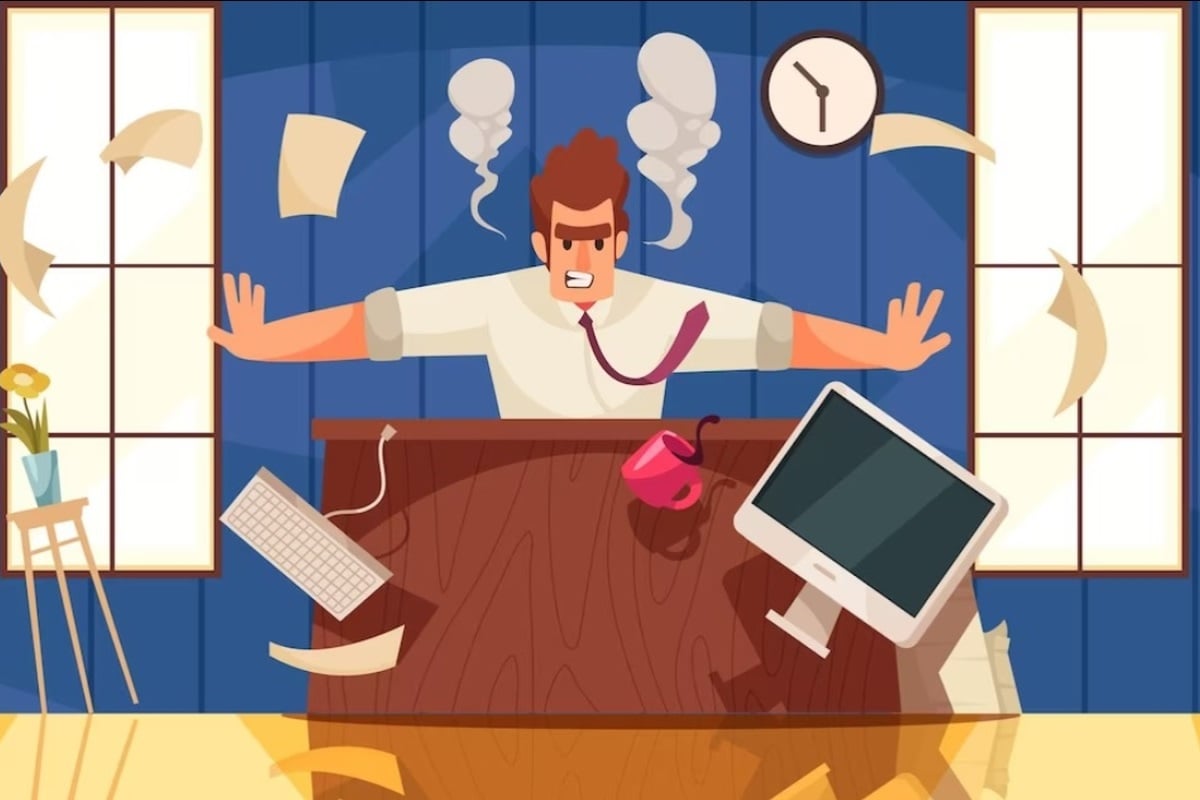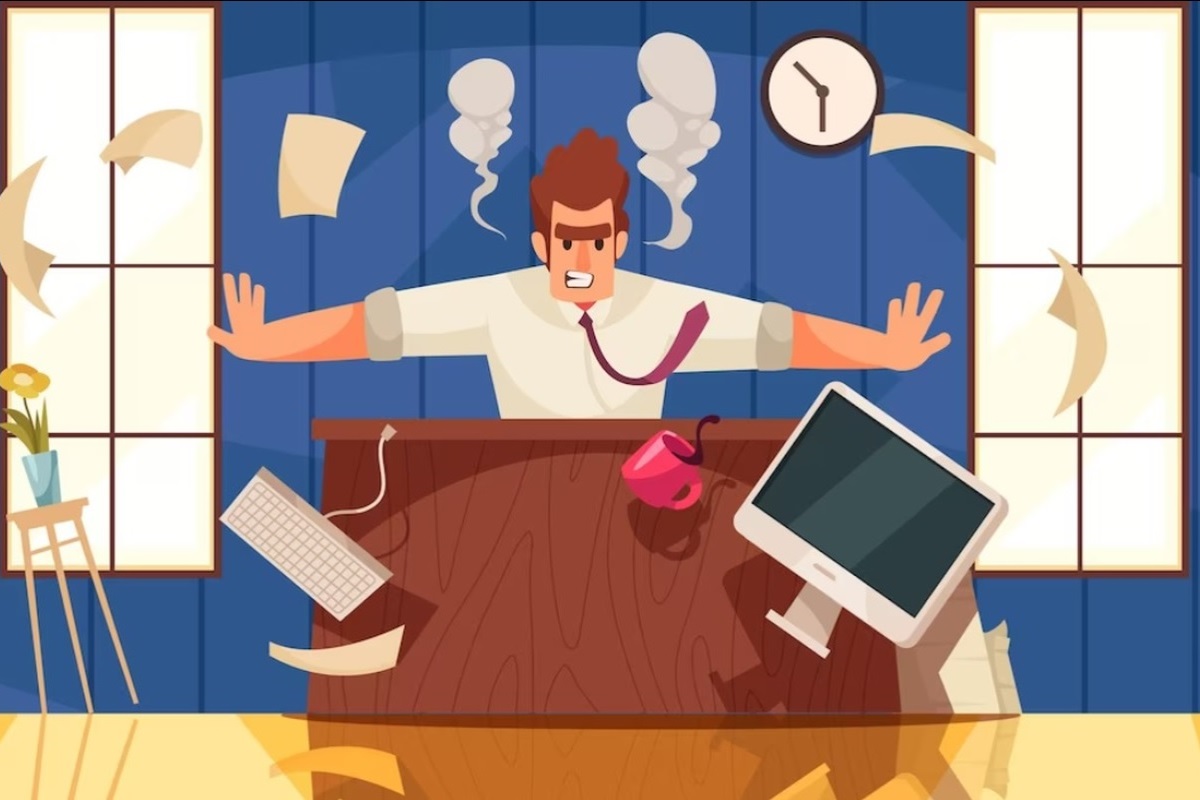 The benefits of virtual training can be huge, but it requires support from management to ensure it is effective use of time, funds & returns meaningful business outcome/s.
The benefits of virtual training can be huge, but it requires support from management to ensure it is effective use of time, funds & returns meaningful business outcome/s.
I have 20+ years of experience as a live trainer and have also delivered many virtual training sessions (live sessions with trainer and a group of trainees). I pride myself on putting in everything I have into sessions to energize trainees to present their manager/s with the real issues they worked on & the solution options they developed during the training. I’ve received very good feedback in face to face & virtual delivery modes & get invited back frequently. I've been told of the great value of my training sessions (sometimes even years later).
Traditional face to face training
Best done off-site to get trainees away from their normal work so they get to think about their jobs in a structured way, meet people in the same lines of work, socialize, and discuss their situations. This environment is very conducive to learning as the trainees are “present and in the moment” and an offsite venue provides an oasis for trainees to open their minds to new concepts.
On-site face to face training is cheaper (no venue costs) but even in an on-site meeting room, there are plenty of disruptions / distractions.
Either way, traditional training is expensive (especially off-site) and disruptive to normal business operations.
Virtual training
Universities worldwide have used virtual training for years but across greater industry, it’s use greatly accelerated due to the pandemic. Virtual is cheaper, shorter sessions, less disruptive to the workplace, and requires no other expenses such as shift cover, travel, accommodation, meals etc/
But……. having trainees sit in virtual training at their normal workstation means the trainee has to try to learn in a minefield of sensory and physical distractions.
Here’s some examples of what I’ve seen & experienced: Ask someone a question: They turn their mic on & we all hear the busy office with several different conversations, someone not in the training asking the trainee a question about a breakdown, the trainees eyes glancing to other screen/s trying to still meet the demands of their normal work. Other times we hear the sound of heavy machinery whirring (sometimes roaring) just outside the room.
Setting your trainees up for business success
Managers, please! If your business system calls for training and you decide on virtual for the obvious benefits, then supporting virtual training requires more than a URL for a zoom session.
Set the conditions to enable the trainee to learn
- Provide relief from day-to-day responsibilities
- Provide relief from scheduled meetings
- Reroute phone, email, text, and other demands to a backup person
- Possibly ask them to redirect anyone wanting something from them to talk to you, and you will take care of it, or tell them to chill until the class is over
- Provide a quiet, comfortable place for virtual training, or maybe rent them a hotel room or let them work from home (if that is a quiet place for the trainee)
- Maybe provide a nice lunch and snacks (just like we do in live training)
Establish perspective & workplace deliverables
- I recommend setting some expectations
- Tell them why this training is vital to the success of the organization
- Meet with the person before the training and make clear company expectations
- Talk about all sessions and being on-time with camera, speaker / mic / headphones
- Tell them they can easily make the training more valuable by teaching some of the stuff they learned
- Expectations could include a training report (give them a format)
Talk to the person throughout the training about cool things they got from it
Wishing everyone the best with their training endeavours!
Jeff Naylor
MD – SIRF Roundtables


